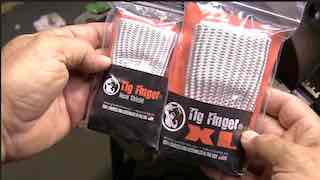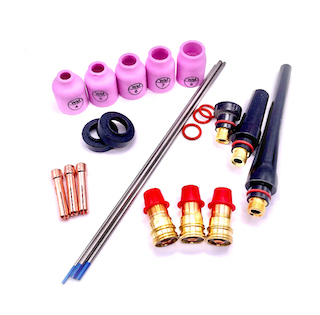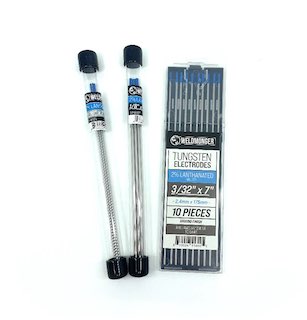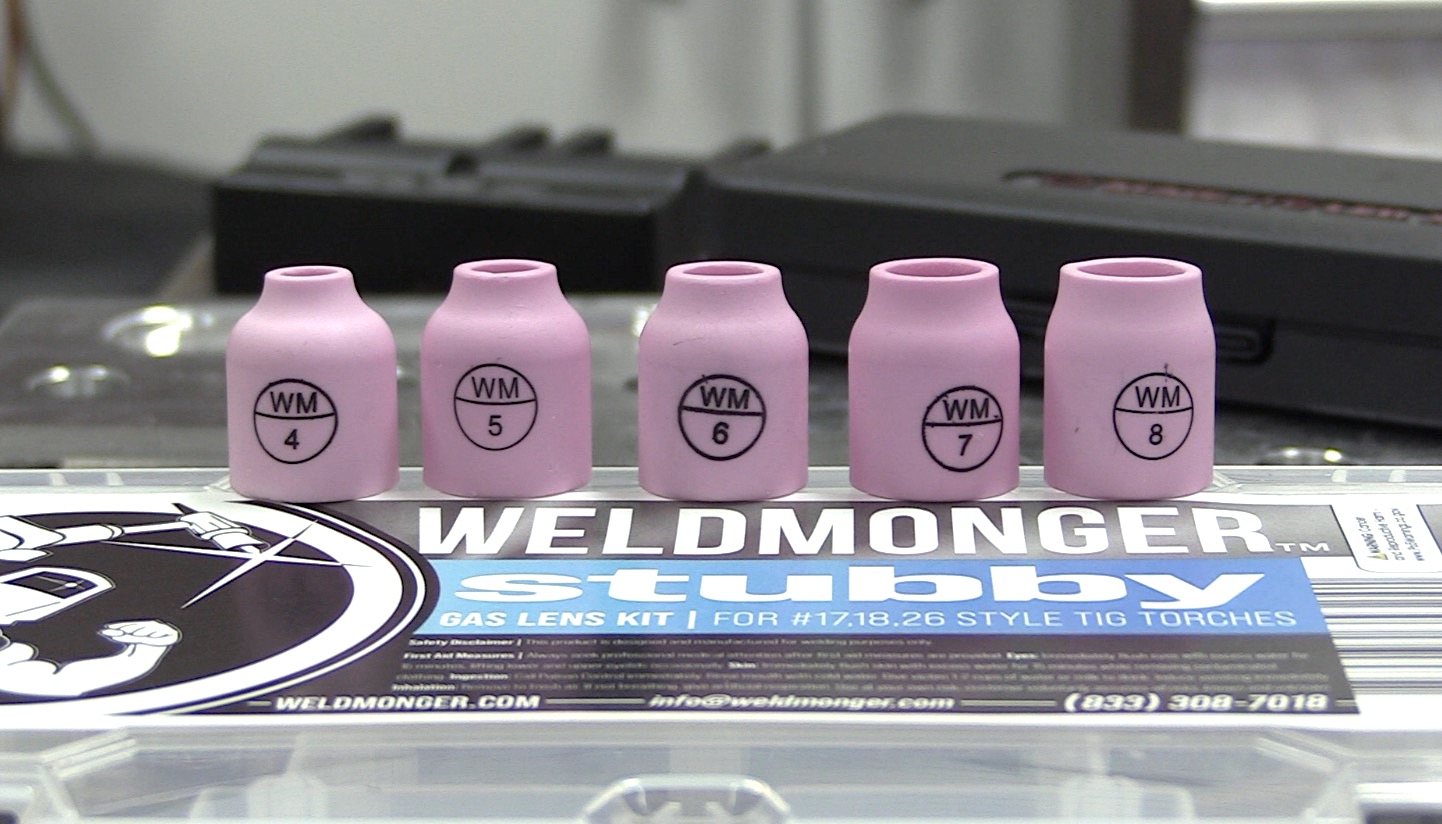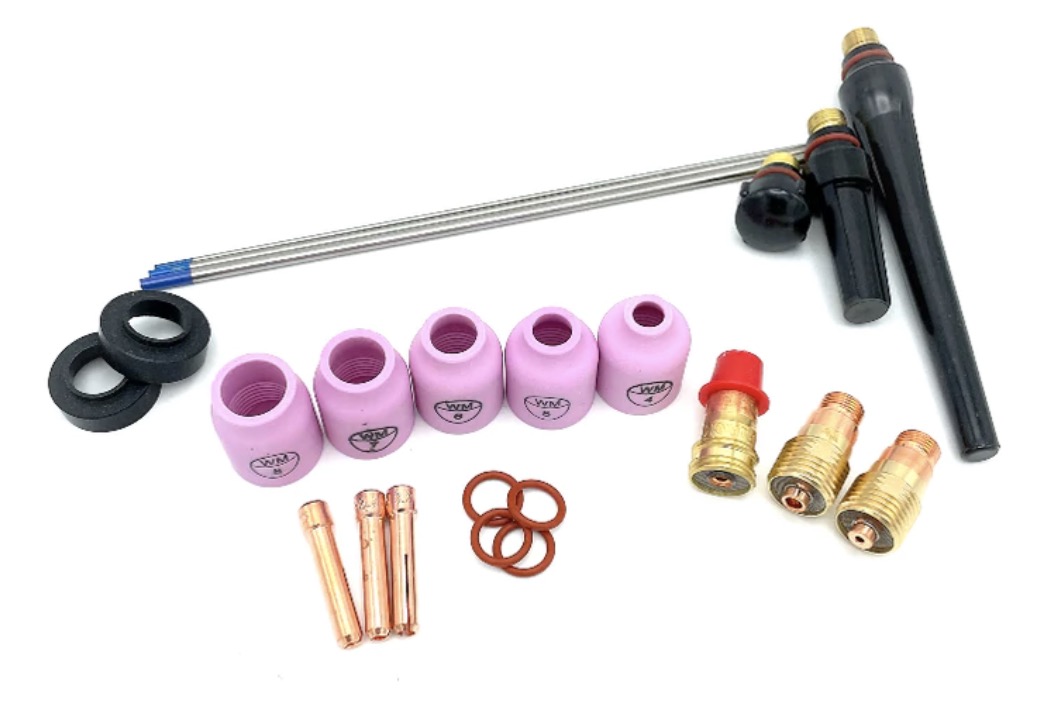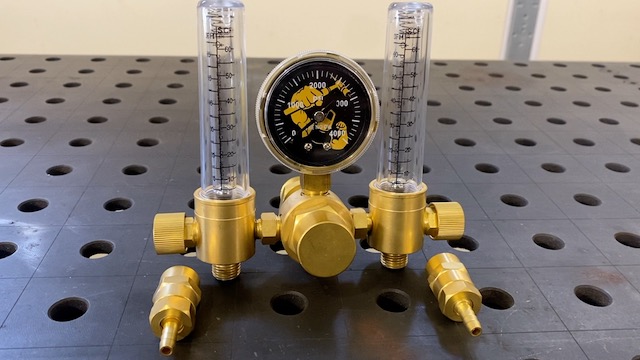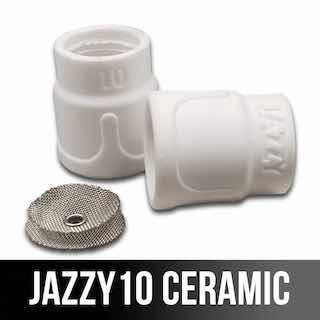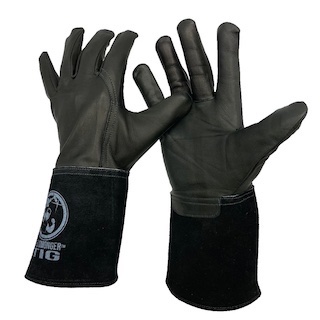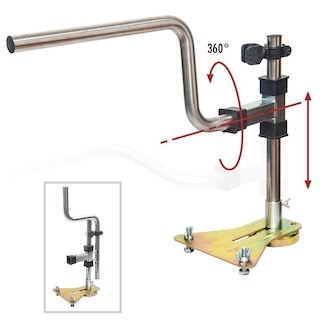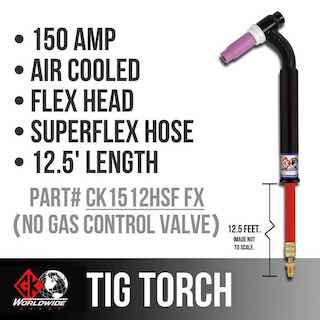6011 welding rod
- HOME
- STICK WELDING
- 6011 Welding Rod
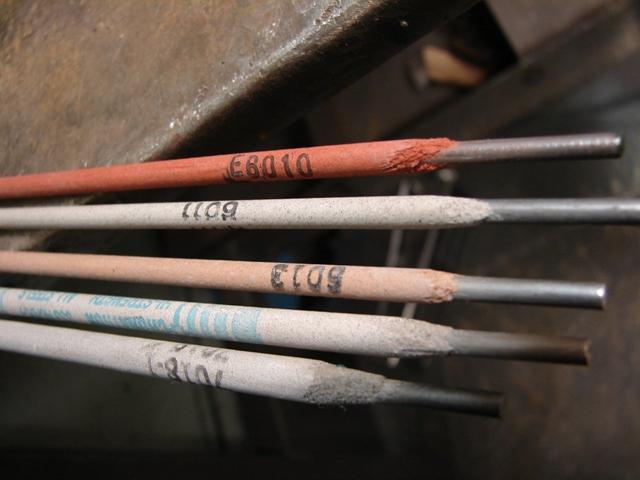
3/32" 6011 welding rod come in clutch in all kinds of situations.
One great example is when you need to make a quick weld repair and all you have available is 110volt power.
3/32" 6011 will run well at 75-85 amps and for most small inverter welders that run off either 110 or 220 volt power, 75-85 amps will allow burning a whole rod without popping a breaker.
6011 rods are the cousin of 6010 welding rods. Almost identical in mechanical properties but they are designed to run on A/C as well as DC welding current.
6011 rods are great all purpose rods for general repair and fabrication. A lot of people are not aware that 6011 3/32 welding rods are also available. You can even get 1/16 6011 rods if you shop online or a a store like harbor freight.
1/16 6011 rods are really useful for 2 things:
1. Welding thin sheet metal, like auto body work. Seriously, they are as good as a flux core 115 volt MIG welder,(if you are pretty good at Stick welding)
2. They are also really good if your Arc welder is a little on the wimpy side. Like an Arc welder that runs on 115 volts. The 1/16 6011 rods start easier and weld sheet metal much easier than the bigger diameter 6011 rods.
Something else that comes to mind is 5/32 6011 rods.
A Lincoln 225 amp buzz box is perfectly capable of burning 5/32 rods.
I welded a metal rack once with nothing but a Lincoln A/C 225 buzz box and some 5/32 6011 welding rods. The metal had been sitting outside and was rusty and about 3/8 thick. Those 5/32 6011 rods penetrated thru the rust easily and made some really decent looking welds.
Years later, that metal rack is still holding about 6000 pounds of metal bar stock in a machine shop.
Now remember, 6011 rods will not be as pretty as 6013. I take heat for this on occasion but I just do not like 6013 rods. Sometimes they work great, but other times they fool you and you have a line of slag right down the middle of the bead. I would rather have rough ripples and a good bead every time. That is why I prefer 6011.
leave this page on 6011 welding rods and see more stick welding tips
Not seeing what you searched for? The best way to find something on this site is to use this Search Tool.

Custom Search
6011 vs 6010
Why can you weld with 6011 using an AC buzz box ... but not with 6010?
It comes down to the flux coating composition and how that coating interacts with the arc and current flow. Here's a clear explanation:
🔌 6010 vs. 6011: Why One Works on All Polarities and the Other Doesn't
⚙️ Basic Difference:
- 6010 = Designed for DC only
- 6011 = Designed for AC and DC (all polarities)
🔬 The Role of the Flux Coating
Both rods are in the "60XX" family and produce strong welds with deep penetration. But the flux coating is what determines how they handle electrical current.
🔴 6010 – DC Only (Usually DC+ / DCEP but there are also weld procedures that call for DCEN)
- Coated with a high cellulose sodium flux.
- This type of flux:
- Needs a steady arc voltage and high open circuit voltage (OCV).
- Performs best with DC+, which creates a focused, digging arc.
👉 When you try to use 6010 on AC:
- The arc becomes unstable and erratic and snuffs out after a ripple or two.
- The flux is not designed to keep up with the constantly reversing current of AC.
⚪ 6011 – All Polarities (AC, DC+, DC−)
- Coated with a high cellulose potassium flux.
- The potassium content Improves arc stability on AC and Allows the rod to maintain a smooth arc during the current reversal of AC welding.
👉 So with 6011:
- You get similar penetration and arc force as 6010.
- But it can run on AC buzz boxes, DC inverter welders, or engine-driven machines.
💡 Why It Matters
- If you’re using a low-cost AC-only welder or small inverter welder (like many homeowner machines or portable welders), 6011 is your go-to rod for deep penetration.
- 6010 is favored in pipe welding procedures and industrial work where high open circuit voltage DC machines are available and better arc characteristics are needed as in open root pipe welding.
Is 6011 Welding Rod ever used for Pipe Welding?
Yes, there are some pipe welding procedures that use 6011 welding rods, but they are generally limited to non-code, low-pressure, or temporary applications.
✅ When 6011 Is Used in Pipe Welding:
🔧 1. Farm, Ranch, or Rural Piping
- Water lines, irrigation systems, cattle guards, and fencing pipe.
- Often low pressure, mild steel, and done with portable AC welders and small portable inverter welders.
- 6011 is used because it runs on AC or DC, handles rusty/dirty pipe, and gives deep penetration.
🔧 2. Field Repairs
- Emergency or temporary repairs on pipes where fit-up is poor and surface prep is minimal.
- 6011 is great for burning through contaminants and welding in awkward positions.
🔧 3. Non-Code Utility Work
- Drain lines, culverts, and structural pipe that won’t carry high pressure or hazardous fluids.
- Often welded by maintenance or facility workers rather than certified pipe welders.
⚠️ When 6011 Is Not Used:
❌ Code Welding or High-Pressure Pipe
- In refineries, power plants, natural gas, or petrochemical piping, 6011 is almost never used in lieu of 6010.
- These applications require precise WPSs (Welding Procedure Specifications) and almost always call for:
- 6010 for root passes (usually DC+)
- 7018 for fill and cap (DC+ and low hydrogen)
🧪 Why 6011 Isn’t Code-Approved:
- Flux type (cellulose-potassium) doesn't meet certain code requirements.
- Arc stability and puddle control is not as tight or consistent as 6010 for open-root work.
- Porosity risk is higher with 6011 in critical service applications.
- Toughness and impact values don’t match those required by ASME, API, or AWS code work.



